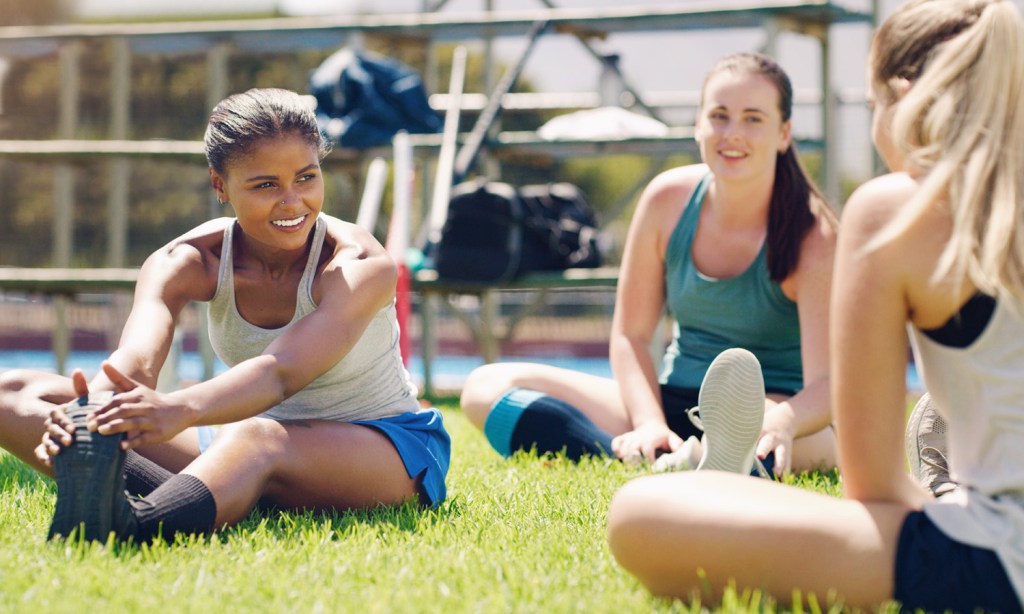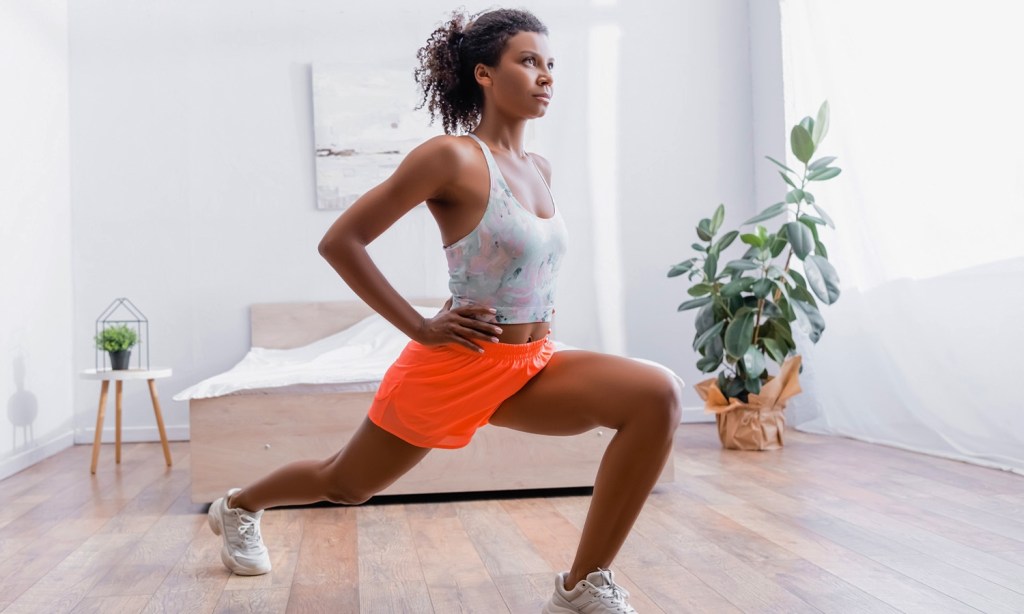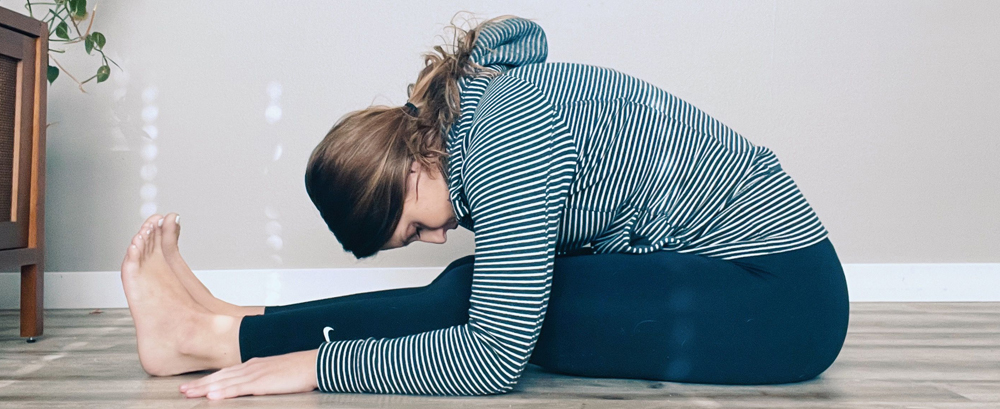
According to the Harvard Medical School, improving flexibility is as important a part of fitness as strength and aerobic activity. Flexibility can help with mobility and balance, prevent injuries, reduce stiffness and joint pain, and enable you to do more with your days. Make stretching part of your morning routine.
When you stretch muscles, you’re lengthening them, increasing your reach and range of motion. Think of your muscles as a box full of ropes that are tangled together. Stretching lays those ropes out straight, each attached to the others in the intended manner. Lengthening muscles and working out knots takes time. Move slowly and hold poses so that your muscles can gradually loosen. Rolling over a rubber ball or roll of foam can help release stubborn knots. Roll until you find a sensitive area, then apply pressure and hold for 30 seconds.
The following stretches (and any exercise routine) should not be painful. The goal is to stretch to a point of slight discomfort or tightness. If you are feeling pain while stretching, you should ease up to avoid possible injury. If you have any doubts, consult your Kinwell clinician. You can reach them through your MyChart app or by calling 833-411-5469 and setting up an appointment.
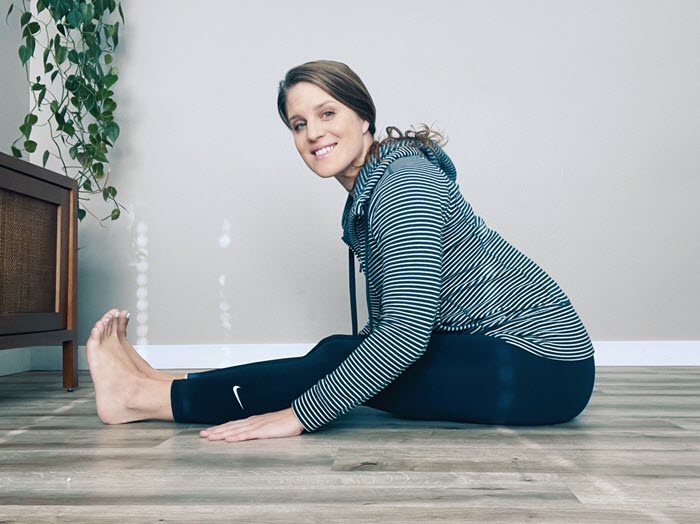
Stretch 1: For hamstrings and lower back.
- Sitting on a flat surface, extend your legs and sit tall through the top of your head.
- If this already feels a bit tight, you can sit on a folded blanket or cushion to relieve the hip flexors.
- Keeping your back flat, hinge at the hips and flex your feet, pressing through the heels. Relax your shoulders and keep your spine long, including your neck. Hold for 30 seconds to 1 minute, focusing on your breath.
- When ready, keeping a long spine, round your back and lower your chest towards your thighs, your forehead toward your shins, and the top of your head towards your toes.
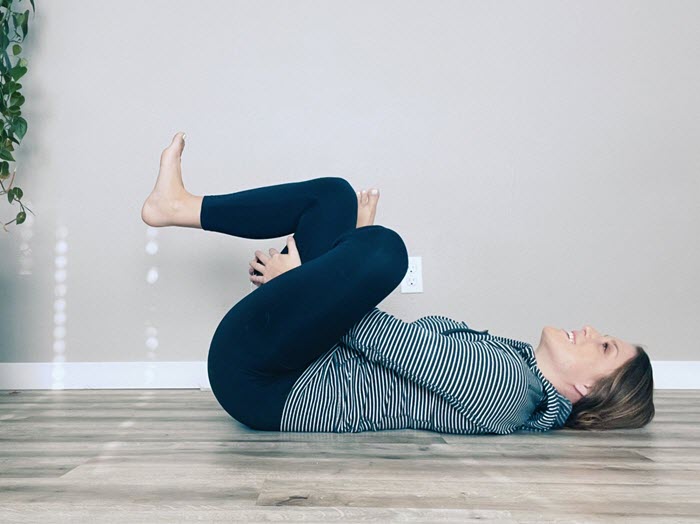
Stretch 2: For hips and gluteus medius (either the lying down or standing version).
- Lying on your back with your knees bent and feet planted, bring your right ankle onto your left thigh.
- Flex your right foot. Using your right thigh muscle, press your right knee away from your chest. You have the option of using your right hand to help with the push.
- If you want to take it up a notch, bring your left thigh in toward your chest. Intertwine your fingers around your left thigh, pulling in toward your chest as you continue to press your right thigh away from your torso.
Stretch 3: For chest and shoulders.
- Standing under a doorway, bring your arms out like a goalpost with elbows bent at 90 degrees. Keep your elbows in line with your shoulders. Bring your forearms onto each side of the doorway.
- Bring your right foot forward for a lunge. Shift the weight onto your right foot to feel the stretch of the chest. Hold for 30 seconds to 1 minute. Then switch legs.

Stretch 4: For neck.
- Sitting in a comfortable position with a long spine, tilt your head to the left, bringing your left ear over your left shoulder.
- Reach your left hand to the right side of your head. Allow the weight of the hand to create a pull as you relax both shoulders away from the ears.
- Hold for 30 seconds. Feel free to tilt your head more forward or more back, depending on your personal tightness.
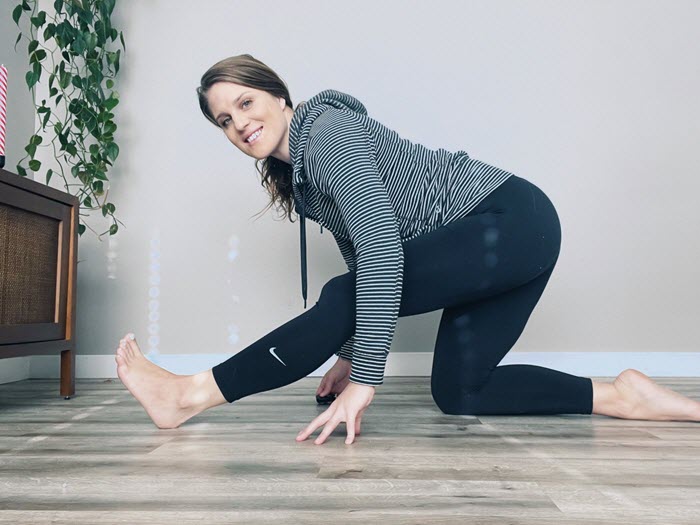
Stretch 5: For hamstring.
- Kneeling on your right leg, bring your left leg in front of you.
- Starting with a long, flat back, slowly hinge at the hips, bringing your chest over your right thigh.
- Plant your hands on the floor for balance. However, if you can’t reach, grab a block or a few books to create a “taller floor” and an easier stretch.
- Pull your right hip back and press your right heel into the floor. Keep the right foot flexed.
- Hold for 30 seconds to 1 minute, focusing on your breathing.
Stretching doesn’t have to be time consuming. Just 30 seconds per stretch per side. You can repeat them all if you have the time. You might even find you like it.
